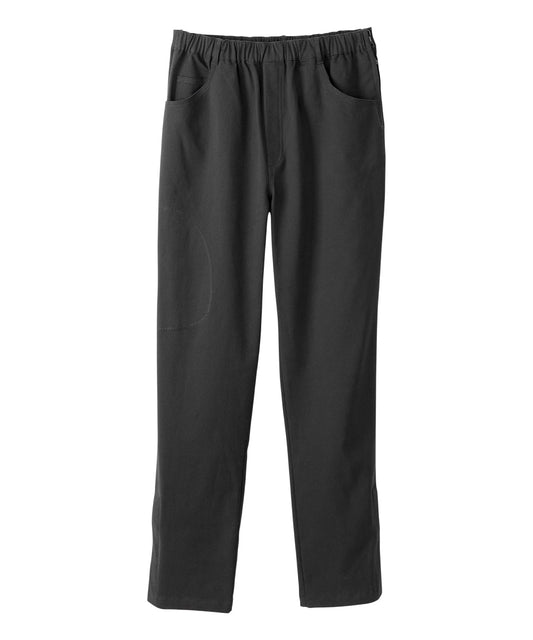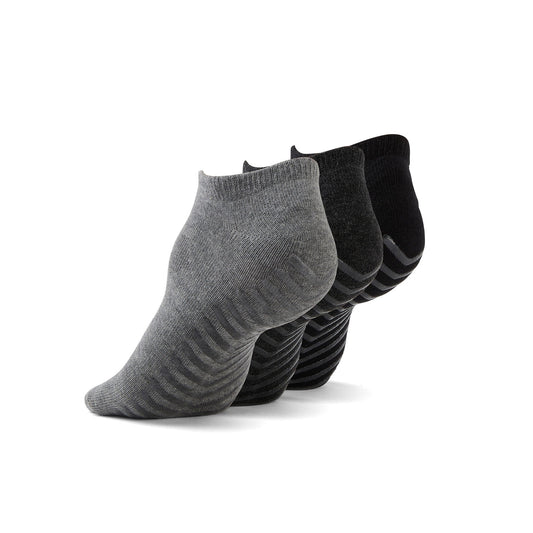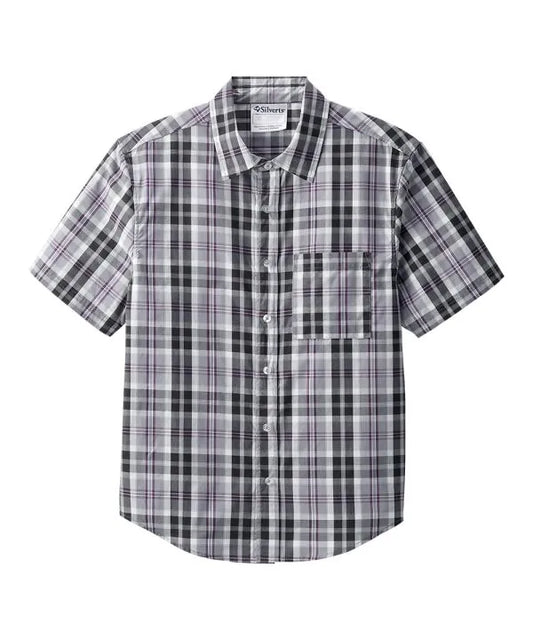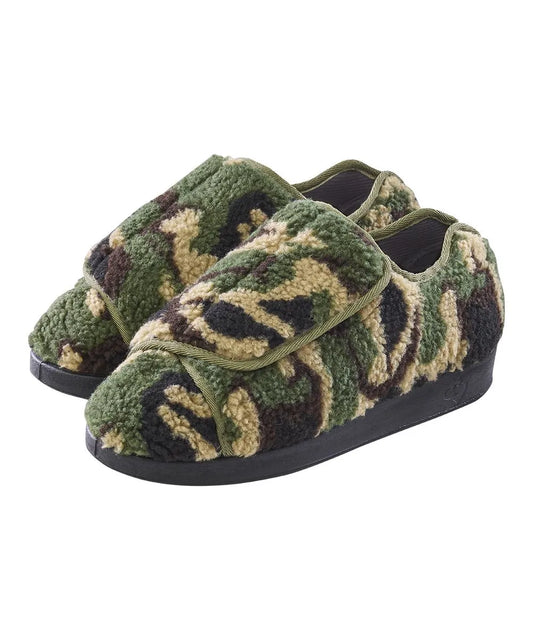By: Krish Asher
Travel is one of life’s greatest joys — a chance to experience new cultures, reconnect with yourself, and explore what’s possible. But for individuals living with disabilities or mobility challenges, travel can also come with unique concerns that go far beyond packing a suitcase. From navigating unfamiliar airports to finding truly accessible accommodations, it’s important to plan with both comfort and independence in mind.
At June Adaptive, we believe everyone deserves the freedom to travel without limits. With the right tools, adaptive gear, and support, your travel experience can be enjoyable, safe, and empowering. In this guide, we’ll explore practical tips, destination suggestions, and thoughtful product recommendations to help you travel with confidence and style.
Planning Ahead for a More Accessible Trip
Every successful trip starts with thoughtful preparation. Whether you’re travelling solo, with family, or with a caregiver, a little planning can go a long way in reducing stress and improving comfort.
Start by identifying your needs — whether that’s wheelchair accessibility, easy-access transit, or support for a specific medical condition. From there, research your destination and reach out directly to hotels, airlines, and transportation providers to ask about accessibility features. It’s always a good idea to confirm the availability of elevators, step-free entrances, grab bars, and roll-in showers. When it comes to accessibility, personal communication can often provide more reliable details than online listings.
Another tip: make room in your itinerary for rest. Travel can be physically and mentally exhausting, especially for those navigating recovery, chronic conditions, or limited mobility. Taking regular breaks and building in flexibility ensures a smoother, more enjoyable trip.
Top Travel Destinations Known for Accessibility
While many places around the world are working toward greater inclusion, a few destinations stand out for their commitment to accessible infrastructure and experiences.
-
Washington, D.C.: The U.S. capital is known for its wide sidewalks, accessible public transit, and free entry to many museums and historic sites.
-
Barcelona, Spain: Offers curb cuts, accessible beaches, and public transportation equipped for mobility aids.
-
Vancouver, Canada: Consistently ranks high in inclusive tourism with scenic, accessible trails and adapted sports options.
-
Tokyo, Japan: Features tactile paving for low vision travellers and elevators in most subway stations.
-
San Diego, California: Known for its beach wheelchair rentals, adaptive recreation programs, and accessible parks.
No matter where you go, dressing comfortably and confidently can enhance your experience. Adaptive apparel can play a key role in helping you feel prepared for various weather conditions and travel environments.
Finding Accessible Accommodations and Transportation
Searching for the right place to stay can be one of the more time-consuming parts of planning a trip, especially when accessibility information is vague or incomplete. Look for properties that provide detailed descriptions or photos of their accessible rooms and amenities. It’s also helpful to call ahead and speak directly with staff to ensure the accommodation meets your specific needs.
When it comes to transportation, many major cities offer accessible taxis, shuttles, or ride-share options. Public transportation varies by location, so using apps like Moovit or Google Maps with accessibility filters can be especially helpful.
For longer travel days or layovers, pack light and dress in layers. Women's Cowl Neck Top with Back Overlap from June Adaptive offers cozy warmth, a non-restrictive fit, and easy reversibility — perfect for unpredictable travel climates. It’s a great example of wheelchair-optimized apparel that balances fashion and functionality.
Women's Cowl Neck Top With Back Overlap

Packing Essentials for Comfort and Mobility
Packing smart can reduce both physical strain and mental fatigue. Start by creating a checklist that includes your medications, medical documentation, and mobility aids. From there, focus on clothing and accessories that promote comfort and independence.
Here are a few packing tips:
-
Choose non-restrictive clothing that allows for easy dressing and temperature regulation.
-
Pack items that support dressing independence, such as adaptive tops with back overlaps or magnetic closures.
-
Bring lightweight layers that are easy to remove during travel transitions.
-
Use packing cubes or organizers to keep essentials easily accessible.
If you’re looking for something versatile and breathable, the Unisex Recovery Pants with Side Zippers are ideal for long days of sightseeing. With an elegant drape and accessible design, it’s also an excellent option for those with limited dexterity or those dressing post-surgery. These recovery pants are great on the go, but what about when you’re airborne? Read on for airport-day hacks
Unisex Recovery Pants with Side Zippers

Navigating Airports with Ease
Airports can be overwhelming for any traveller, and even more so when navigating with a disability. The good news is that most airports in North America offer pre-boarding assistance, wheelchair escorts, and specialized screening lanes. Be sure to notify your airline ahead of time if you require these services.
Other tips for airport travel include:
-
Arrive early to allow time for check-in and security procedures.
-
Carry a doctor’s note if travelling with medical devices or equipment.
-
If you rely on a mobility aid, consider tagging it with clear instructions for handling and transport.
-
Pack comfort items in your carry-on, including snacks, medications, and a change of clothes.
For longer flights or overnight travel, having soft, adaptive sleepwear can improve comfort during the journey. The Men's Collared Nightgown with Back Overlap is designed for ease of movement and is especially helpful for individuals recovering from surgery or managing mobility conditions. Its lightweight, breathable fabric is also ideal for warmer climates or long-haul flights.
Mens Collared Nightgown with Back Overlap

Tips for Using Public Transit Abroad
Public transportation can be a great way to explore new cities affordably. However, accessibility varies greatly depending on location. Before your trip, research local systems and check whether stations offer elevators, ramps, or priority seating.
A few practical tools:
-
Download local transit apps with real-time accessibility alerts.
-
Carry a printed card explaining your accessibility needs in the local language.
-
Connect with disability advocacy organizations in the destination country for travel tips and support.
If you use adaptive footwear or prosthetics, plan for extra comfort when using trains or buses for long periods. Selecting slip-resistant footwear or Velcro shoes for adults can make these transitions safer and easier.
Staying Safe and Healthy While Travelling
Maintaining your health while travelling is essential to enjoying the experience. Keep a copy of your health insurance details, doctor’s contacts, and medications with you at all times. When visiting another country, be sure to check if your medications are approved and legal at your destination.
In addition, staying hydrated, getting plenty of rest, and wearing compression-friendly outfits can help manage circulation and fatigue.
If you’re spending long days in a seated position, adaptive fashion with soft-touch materials and breathable fabrics can reduce discomfort and skin irritation. The right clothing supports not just your physical comfort, but also your confidence, helping you feel at ease as you explore new places.
Helpful Resources for Accessible Travel
These resources can support your accessible travel journey:
-
June Adaptive – Comfortable, stylish adaptive clothing for every stage of life
-
Wheel the World – Accessible vacation packages and tours
-
AbleThrive – Inclusive travel tips and lived experiences
-
Amtrak’s Accessibility Services – Rail travel assistance in the U.S.
-
SATH (Society for Accessible Travel & Hospitality) – Promotes inclusive tourism
FAQs
Q: How do I make sure my hotel is truly accessible?
A: Start by looking at their official website – many hotels list accessibility features under room descriptions (e.g., roll-in shower, hearing accessible, etc.), and airlines often have a dedicated “Traveling with Disability” section. After that, call or email them directly with your specific questions (there’s no substitute for direct confirmation). For broader insight, check out reviews on platforms like TripAdvisor or Expedia where past guests sometimes mention accessibility. Additionally, websites like accessibleGO aggregate accessibility reviews, and you can ask in travel forums. The key is to verify before you go, so you’re not surprised upon arrival.
Q: What should I wear on a long-haul flight?
A: Choose easy-to-wear fashion like loose-fitting tops, compression socks, and breathable layers. Adaptive options with back openings or magnetic closures are ideal.
Q: Is adaptive clothing only for seniors?
A: Not at all! Adaptive clothing is for anyone experiencing mobility challenges, surgery recovery, or dexterity limitations. It's designed for comfort, ease, and independence — at any age.
Q: What if I’m not comfortable traveling alone? Are there groups or tours for people with disabilities?
A: Absolutely. If solo travel isn’t your thing or seems daunting, you have options. There are specialized tour companies that cater to travelers with disabilities – for instance, agencies that organize group trips for wheelchair users, or deaf travel groups with sign-language interpreters on the tour. Examples include Wheel the World (which arranges group trips and private trips with all accessible accommodations) and Travel For All (a Canadian agency specializing in accessible itineraries). Joining a group tour can provide built-in assistance and companionship. There are also disability nonprofits that host travel opportunities – such as accessible scuba diving trips, hiking adventures, etc., often with volunteer support (e.g., the group Trips Inc. for adults with developmental disabilities). Finally, you could travel with a companion. It can be a friend, family member, or hired aide, if that makes things easier. Many people do that, especially if they need personal care help. The key is whatever makes you comfortable; there’s no wrong way to travel. Whether you go solo, with a group, or one-on-one, the world is waiting!
Sign Up for More Travel-Friendly Tips
Looking for more guidance on travel, style, or adaptive living?
Ready to travel without limits? Explore June Adaptive’s full range of travel-friendly apparel—and sign up for our newsletter for destination guides, packing checklists, and early-access product launches delivered straight to your inbox















